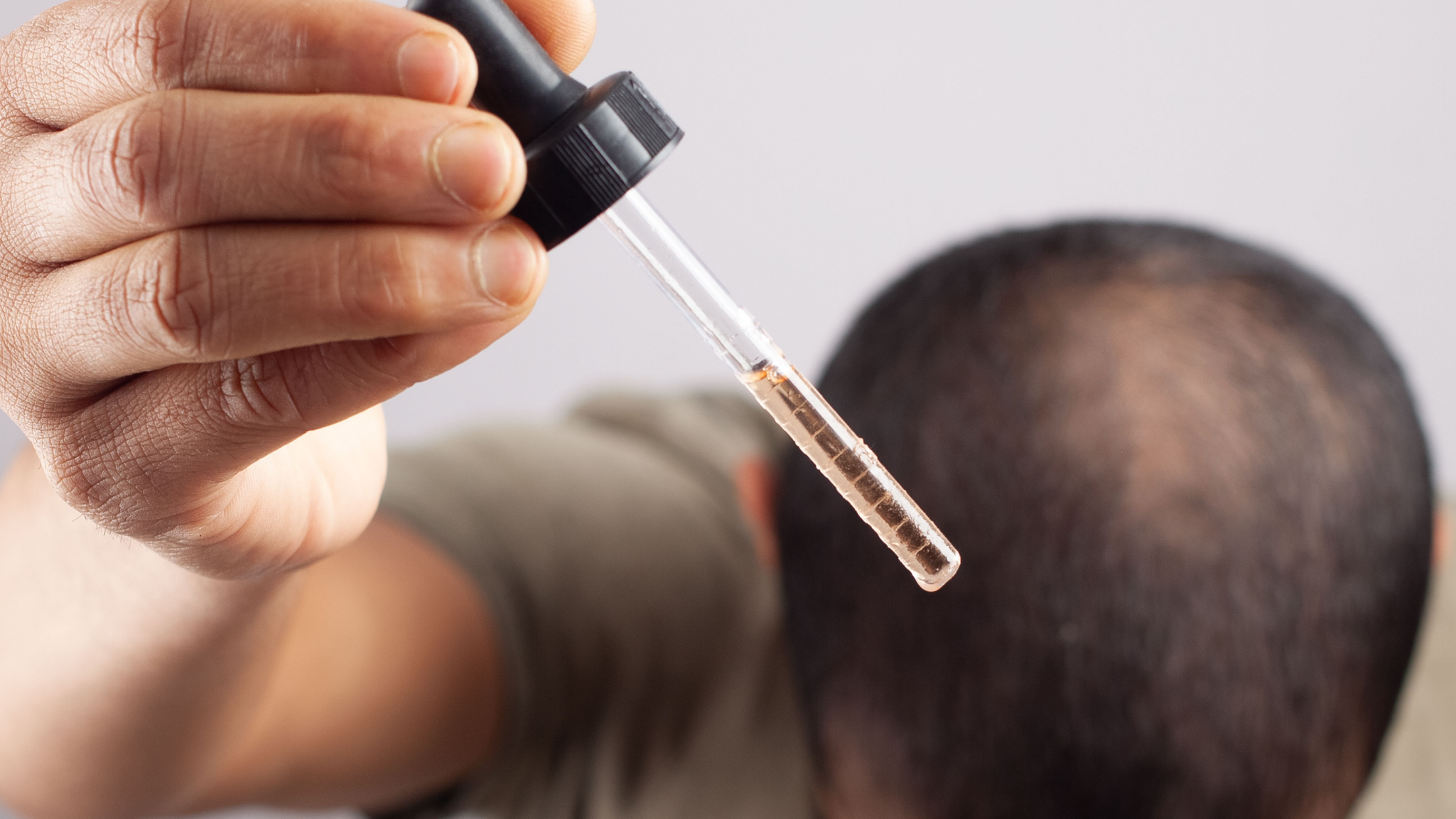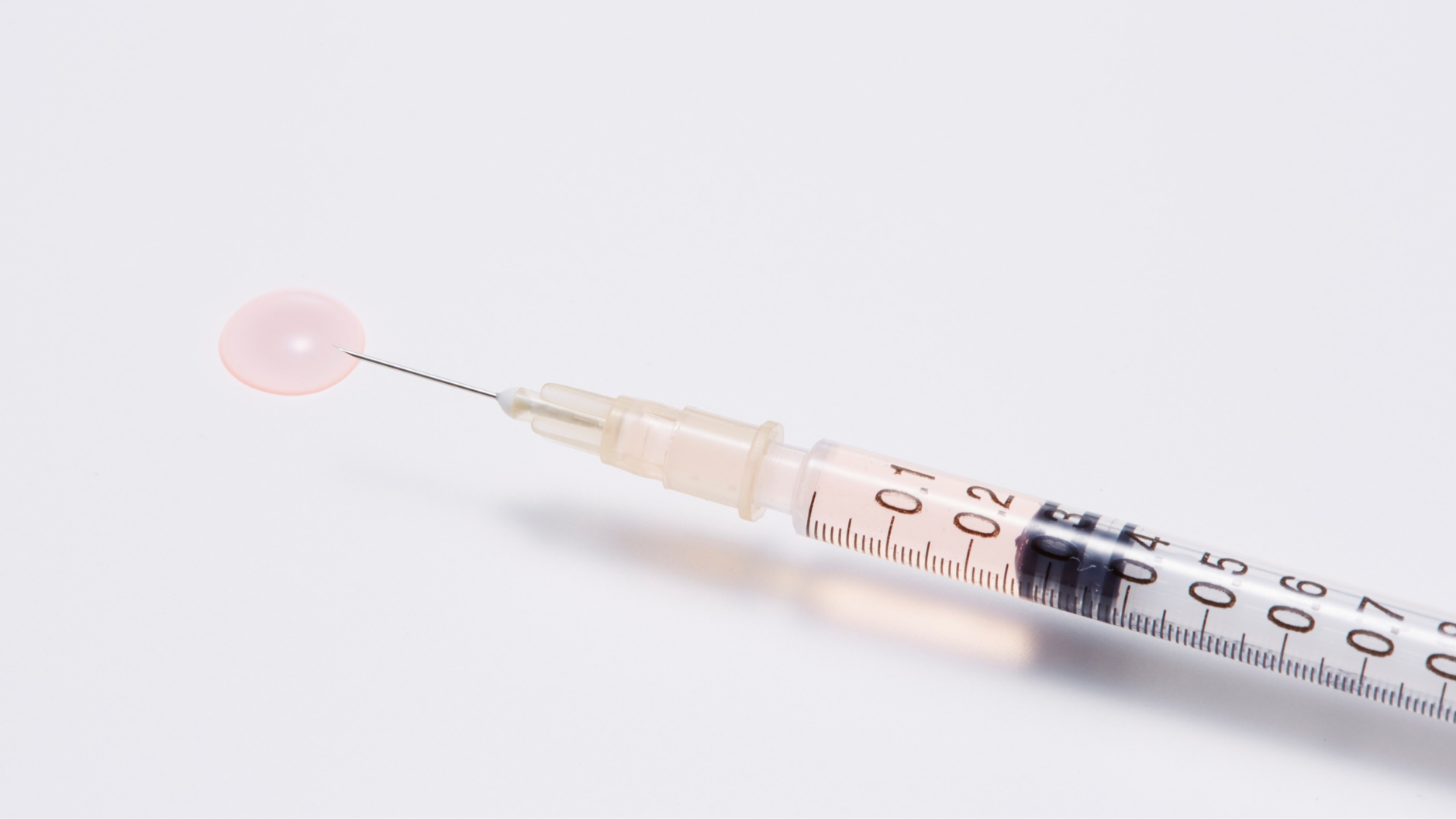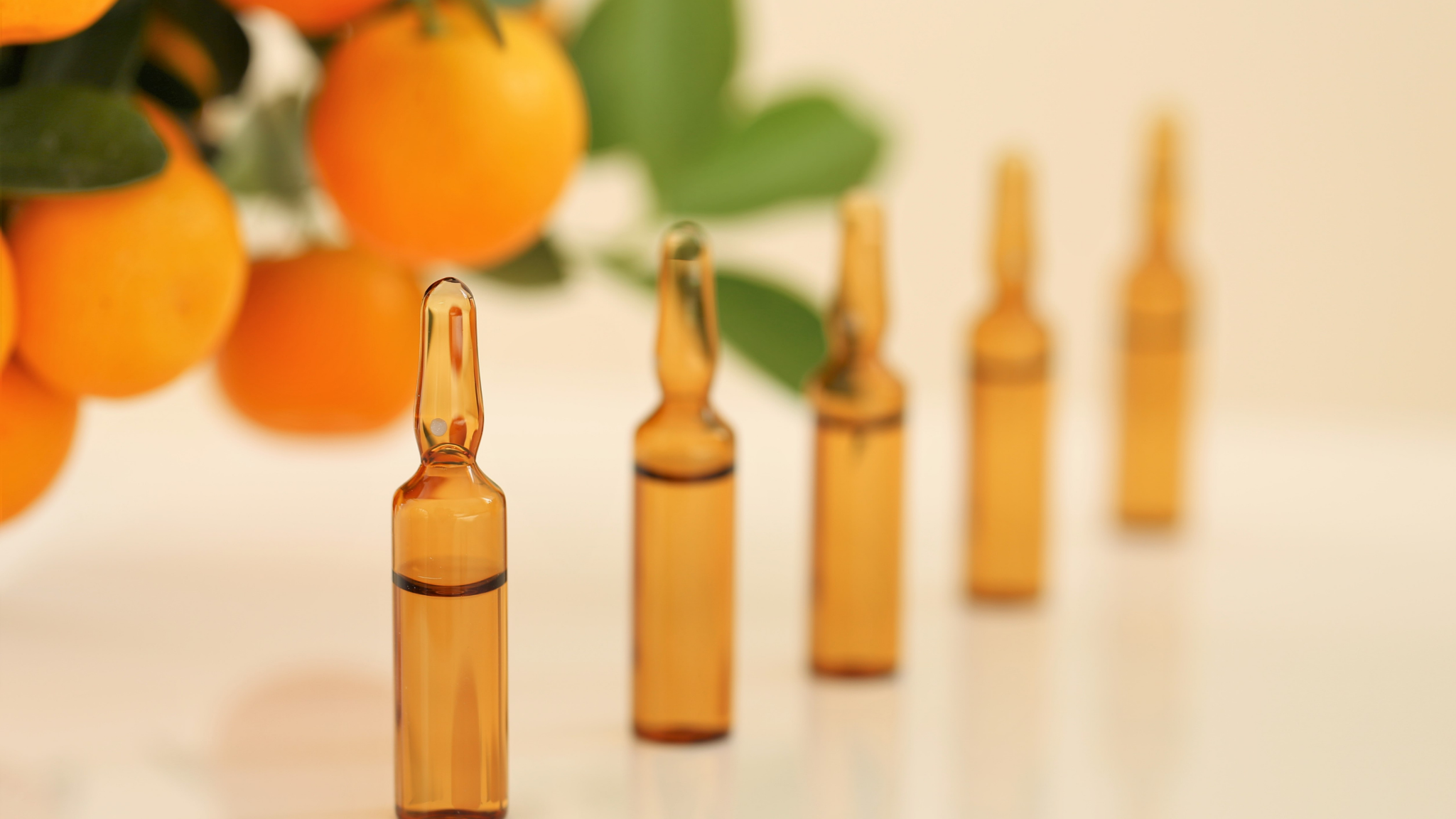What’s in a Mesotherapy Formula? Breaking Down the Ingredients That Actually Work
Mesotherapy is not a single treatment, it is a delivery method. The real impact lies in what is being injected. From prescription medications to peptides and plant extracts, mesotherapy formulas can be customised to suit different hair loss types and stages. But which ingredients actually work?

In this article, we unpack the most common components found in mesotherapy for hair loss, explain what each one does, and highlight which combinations are supported by clinical evidence.
Why Ingredients Matter
Mesotherapy delivers actives into the dermis of the scalp, bypassing the digestive system and the skin’s outer barrier. This allows for more direct absorption by the hair follicle and surrounding tissue. But not all ingredients are equal. Some compounds promote blood flow, others block hormones like DHT, and some repair the surrounding scalp environment.
Choosing the right formula depends on the type of hair loss, the condition of the scalp, and the individual’s response to previous treatments. Below are the most studied and clinically relevant ingredients.
Minoxidil
Minoxidil is a vasodilator that improves blood flow to the scalp and stimulates follicle activity. It is most often used topically, but injectable forms are gaining attention for their targeted delivery. Clinical studies have shown significant improvements in hair density and shaft thickness after a course of injectable minoxidil.
It is particularly useful in early-stage androgenetic alopecia and may benefit those who experience irritation from the topical version. This is only currently available oo-label and must be delivered by a medical professional.
Dutasteride
Dutasteride is a 5-alpha-reductase inhibitor that blocks the conversion of testosterone into dihydrotestosterone (DHT), the hormone responsible for miniaturising follicles in pattern hair loss. When injected intradermally, it can significantly reduce DHT activity at the follicle level.
In one study, dutasteride mesotherapy produced measurable improvements in density after just three sessions, making it a strong option for androgen-related thinning. It is a prescription-only ingredient and should only be administered in medically supervised settings.
Peptides and Growth Factors
Peptides are short chains of amino acids that can mimic the body’s own signalling molecules. Certain peptides promote angiogenesis, increase collagen synthesis, or support the anagen (growth) phase of the hair cycle.
IGF-1 and VEGF are among the most studied, with roles in follicle survival and vascular support. In one trial, a decapeptide and copper complex formulation outperformed topical minoxidil in increasing follicle count.
Peptide-based solutions are often well tolerated and may be preferred by patients avoiding pharmaceutical drugs.
Biotin and Amino Acids
Biotin plays a role in keratin production and is frequently included in mesotherapy blends, especially for diffuse shedding and nutritional hair loss. While evidence for biotin in non-deficient individuals is limited, its inclusion alongside amino acids may support shaft strength and scalp barrier recovery.
Cysteine, methionine, and arginine are examples of amino acids that support structural hair proteins and may aid in recovery from telogen effluvium.
Hyaluronic Acid (Cross-linked, High- and Low-Weight)
In mesotherapy, the role of hyaluronic acid varies depending on its molecular structure.
-
Cross-linked hyaluronic acid provides deep dermal hydration, improves scalp elasticity, and forms a temporary extracellular scaffold that prolongs the residence time of other active ingredients. This structure supports sensitive scalps by reducing irritation and sustaining the release of growth factors, peptides, or nutrient cofactors over time. This slow-release mechanism helps maintain hair thickening and regeneration activity between sessions.
-
High-molecular-weight hyaluronic acid binds water at the surface and has recognised anti-inflammatory and barrier-supportive properties. It helps improve comfort during injection, soothe irritated scalps, and reinforce scalp integrity, especially beneficial in post-inflammatory states or where barrier fragility exists.
-
Low-molecular-weight hyaluronic acid can penetrate more deeply and assist with active ingredient dispersal. However, in inflammation-prone scalps, fragmented HA may trigger immune responses via toll-like receptor signalling and amplify cytokine activity. For this reason, it should be used with caution.
Caffeine
Caffeine is increasingly included in mesotherapy formulations due to its ability to improve local circulation and support hair follicle activity. It has been shown to counteract the negative effects of DHT in laboratory studies and it stimulates hair shaft elongation by promoting keratin activity in the follicle bulb. It may be particularly beneficial in individuals with reduced scalp blood flow or where microcirculation is compromised.
Caffeine’s mechanism of action makes it most suitable for androgenetic alopecia, where it may help counteract the effects of dihydrotestosterone and support follicle metabolism. It may also be beneficial in chronic telogen effluvium, particularly when microcirculation is impaired due to long-standing stress or low-grade inflammation. Patients in the early stages of thinning who show signs of reduced scalp perfusion, tightness, or low sebum production may also respond well to caffeine-based mesotherapy, as it can enhance local blood flow and improve nutrient delivery to the follicle.
Antioxidants
Oxidative stress is a key contributor to follicular ageing and premature shedding. Reactive oxygen species damage dermal structures and shorten the hair growth cycle, especially in androgenetic alopecia, telogen effluvium, and alopecia areata. Mesotherapy formulations may include antioxidants such as vitamin C, resveratrol, coenzyme Q10, and green tea extract to neutralise these effects.
Although mesotherapy-specific data are limited, several of these antioxidants have been shown to reduce lipid peroxidation and support hair quality in oral or topical forms. Their inclusion may be particularly relevant in stress-related or metabolically disrupted hair loss, where oxidative damage plays a central role.
Antiandrogens
DHT is a hormone derived from testosterone that plays a key role in the development of androgenetic alopecia. It binds to receptors in the hair follicle and triggers a process called miniaturisation, where hairs become finer, shorter, and eventually stop growing.
This conversion of testosterone into DHT is driven by an enzyme called 5α-reductase. Mesotherapy formulations may include antiandrogens to block this conversion or prevent DHT from attaching to its receptor in the follicle. Botanical ingredients such as saw palmetto and epigallocatechin gallate offer natural 5α-reductase inhibition and may also reduce how strongly DHT binds to the follicle.
Prescription-only ingredients like dutasteride are sometimes used in mesotherapy to reduce DHT activity at the site of hair loss. When injected directly into the scalp, it has been shown in clinical studies to help reverse miniaturisation and support regrowth in androgenetic alopecia.
How Formulas Are Chosen
There is no one-size-fits-all mesotherapy cocktail. A well-designed treatment plan is based on diagnosis, scalp condition, and response history. For example:
-
In androgenetic alopecia, growth factors, dutasteride or natural 5α-reductase inhibitors should be prioritised
-
In telogen effluvium, growth factors, amino acids and biotin are more relevant
-
In sensitive or recovering scalps, a peptide and hyaluronic acid blend may be used at treatment onset
Some clinicians also rotate formulas or combine different injectables in a structured protocol.
FAQs
Are all mesotherapy products licensed?
No. Many are manufactured under cosmetic regulations or used off-label. A qualified practitioner will select reputable products that meet safety standards.
Are peptide-based formulas effective?
Yes. Several clinical trials have shown that peptide-based mesotherapy can match or exceed the effects of topical minoxidil, especially when used consistently.
How do I know which ingredients I need?
You should book an assessment with a qualified trichologist or dermatologist. to support in selecting the appropriate treatment.
References
-
Uzel BPC, Takano GHS, Chartuni JCN, Cesetti MV, Gavioli CFB, Lemes AM, et al. Intradermal injections with 0.5 percent minoxidil for the treatment of female androgenetic alopecia: a randomized, placebo-controlled trial. Dermatol Ther. 2021;34(1):e14622.
-
Patel DP, Swink SM, Castelo-Soccio L. A review of the use of biotin for hair loss. Skin Appendage Disord. 2017;3(3):166–169.
-
Fischer TW, Hipler UC, Elsner P. Effect of caffeine and testosterone on the proliferation of human hair follicles in vitro. Br J Dermatol. 2007;156(5):993–1001.
-
Sobhy N, Aly H, El Shafee A, El Deeb M. Evaluation of the effect of injection of dutasteride as mesotherapeutic tool in treatment of androgenetic alopecia in males. Our Dermatol Online. 2013;4(1):40.
-
Khattab, F.M., Rady, A. and Khashaba, S.A., 2022. Recent modalities in treatment of telogen effluvium: Comparative study. Dermatologic Therapy, 35(10), p.e15720.
-
Hunter, N., Sayed, K., Abdel Hay, R., Allam, R. and Hussein, N., 2019. Comparing the efficacy of mesotherapy to topical minoxidil in the treatment of female pattern hair loss using ultrasound biomicroscopy: a randomized controlled trial. Acta Dermatovenerologica Croatica, 27(1), pp.1-1.




